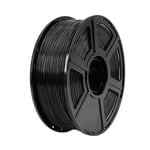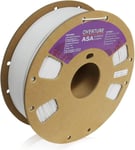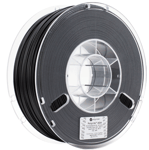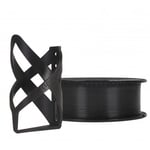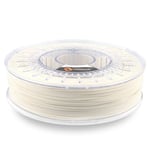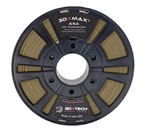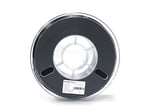Acrylonitrile styrene acrylate (ASA) is a thermoplastic that you can 3D print with many properties that make it ideal for engineering and outdoor purposes. ASA is basically a new and improved cousin of acrylonitrile butadiene styrene (ABS), which is more widely known and used (like Lego). ASA has many of the benefits of ABS without some of its drawbacks.
ASA, like ABS, is a little difficult to 3D print because it’s sensitive to heat while being printed. However, after printing, ASA parts are very heat-resistant and durable. ASA prints are also rigid and strong, and they can even be more so than the same parts made from ABS. Unlike what many users notice with ABS prints, ASA won’t turn yellow when left outside.
In this article, we’ll go over different ASA filaments and specific characteristics for each brand. Before that though, we’ll discuss some pros, cons, and uses of the material. We’ll also provide some printing suggestions for working with ASA, and explain what we considered when narrowing down the options.
If you’re interested in getting something printed in ASA but don’t have the right printer setup or don’t want to handle the challenges, consider Craftcloud. With offers that range from ASA in a variety of colors to recycled ASA and carbon fiber-reinforced ASA, you’ll find the specific material to address your needs. Rest assured, knowing that the professionals will be able to deliver your dream part right to your door.
And now, let’s learn more about this unique filament!
All About ASA

If you’re interested in printing with ASA, it’s helpful to know what it can be used for, as well as some of the reasons you might want to try your hand at this special filament (or not). It’s a great choice for outdoor projects or functional prototypes (are you going camping anytime soon?). If you’re currently printing with ABS, you should consider trying out ASA because they print similarly, but ASA has some extra benefits. Let’s take a look at its pros and cons!
Pros
- Strong UV, chemical, and water resistance
- Post-processing capabilities with acetone
- High impact resistance
- Tough and durable
- Nice finish
- Anti-static
Cons
- Releases potentially dangerous fumes
- More expensive in comparison to other 3D printing filaments
- High extruder and bed temperature required
- Consumes a lot of energy for printing
- Parts can crack, warp, and shrink
Uses
Although it can be expensive to buy and difficult to print with, ASA’s quality makes it a fantastic filament for rough and tough use cases. With the advantages and disadvantages of ASA in mind, you might be wondering what type of models this thermoplastic is best suited for. In the bullet points below, we’ve gone over a few popular categories of items you can 3D print in ASA.
- Automotive exterior parts
- Housing components
- Sporting goods
- Exterior signage
- Garden equipment
- Outdoor parts and fixtures
Now that we know more about where we could use ASA parts, let’s take a look at printing it before we get to the best brands to use!
Printing Tips
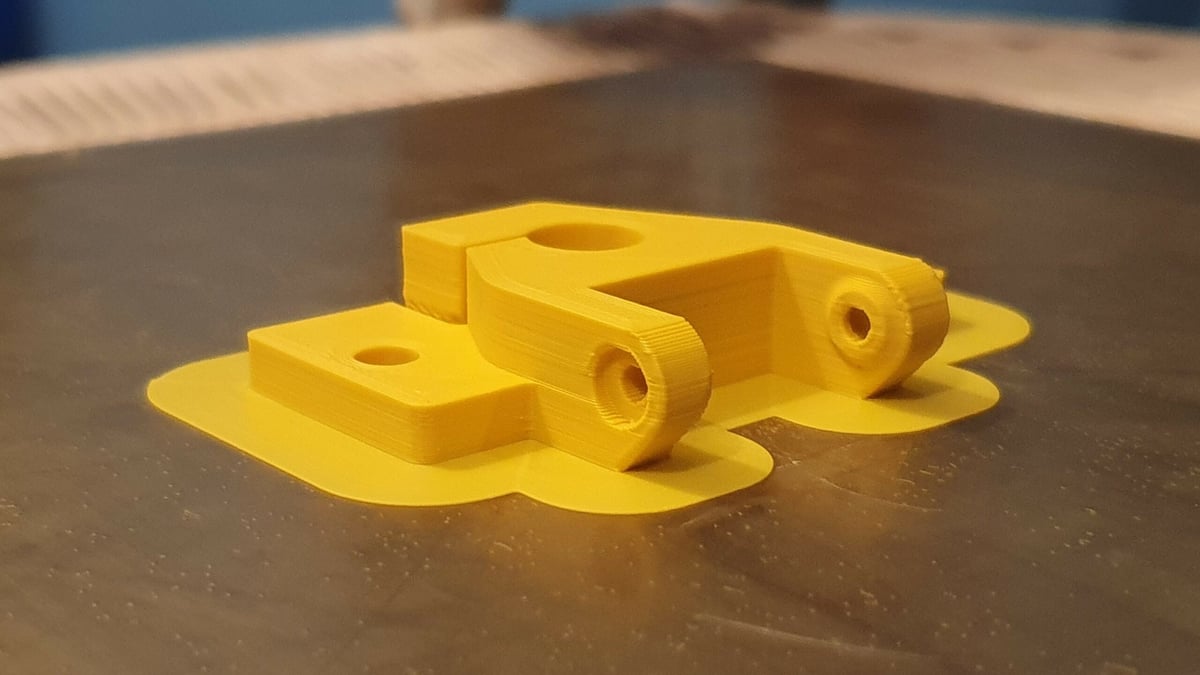
ASA can be a sensitive material to print, so print settings play a key role in how a model will turn out. You should always default to the settings provided by the manufacturer of the specific ASA filament you’re using.
The following tips help reduce common problems when printing with ASA:
- Make sure you have the right bed surface.
- Use a bed adhesive such as ABS glue, Kapton tape, glue, or hairspray.
- Use an enclosure.
- Adjust temperature to prevent overheating.
- Set the cooling fan to a slow speed (5-10% after the first layer).
- Make sure the bed is level.
- Test your temperatures (start with 250 °C for the extruder and 110 °C for the print bed).
- Change the nozzle when switching materials.
Considerations
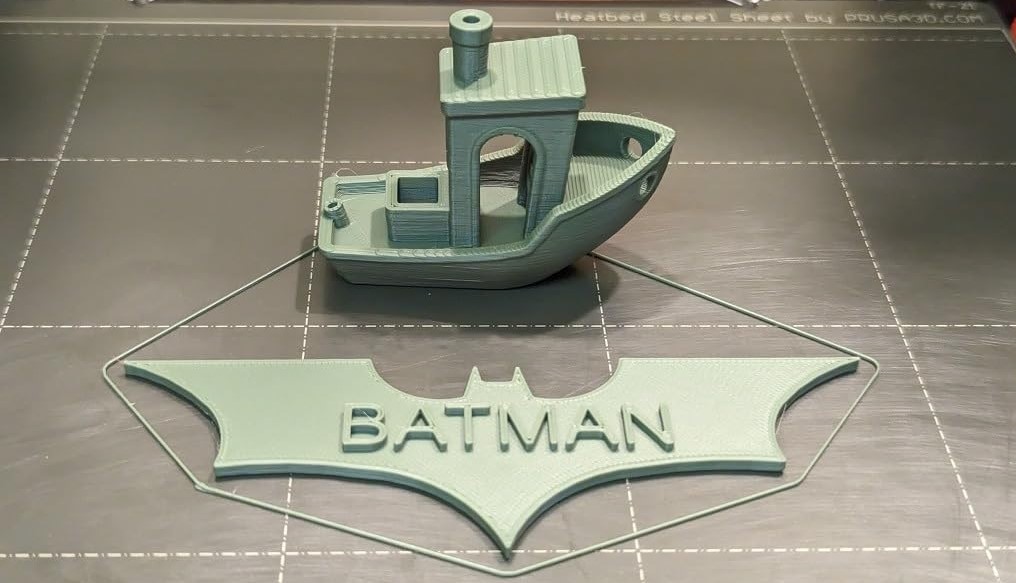
There are plenty of brands out there that include ASA in their catalog. We narrowed down our list to the best 10 by addressing the following criteria:
- Easily accessible: The filaments included are readily available and should be purchasable without hassle (that is to say, at time of writing, they’re in stock).
- Reviews: Products have a minimum number of reviews or ratings (at least 100), showing that they’ve been vetted by the community, and they’re also recommended on a variety of platforms (e.g. Reddit).
- Ratings: All products have a rating of at least 4.0 (averaging it from different platforms where they may be available).
- Material variety: The different options offer a range of compositions that are meant to cater to a variety of uses. While some may be pricier, they may be better suited for professional goals, while the more accessible options should still excel at hobbyist-level productions.
Let’s look at the best ASA filaments, organized by price.
Flashforge
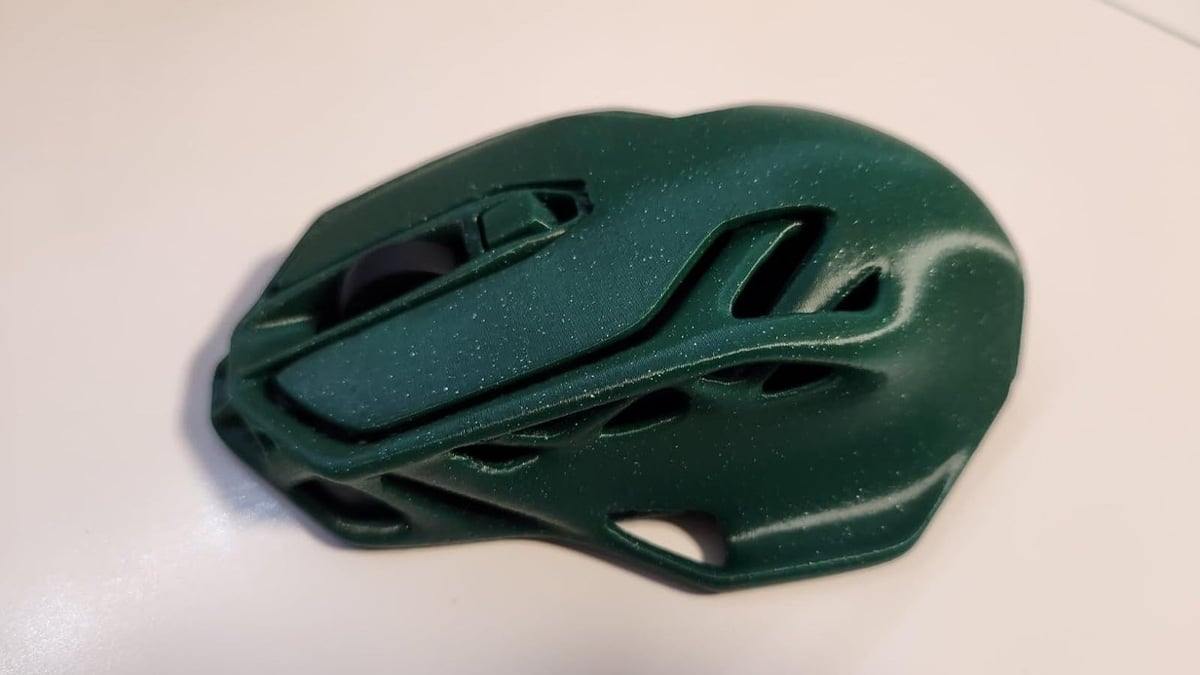
Flashforge, a well-known 3D printer manufacturer, also makes their own industrial-grade ASA filament. It comes highly recommended by customers for its ease of printing, superior layer adhesion, and glossy finish. In addition, users report minimal warping and stringing.
While initially there were fewer colors available, as you can see in the image above, the brand has grown to include sparkling options of the base colors. Flashforge recommends applying a thin layer of water-washable glue to the build plate to improve adhesion. If your model is adhering strongly, let it cool down after printing and then heat the plate back up to 70 °C.
- Colors: 14 options, including black, white, green, light blue, and sparkling variants
- Size: 1.75 mm (1 kg)
- Tolerance: ±0.02 mm
- Recommended settings: Hot end 230-250 °C; heated bed 100-110 °C
- Price per kg: ~$26
Sunlu
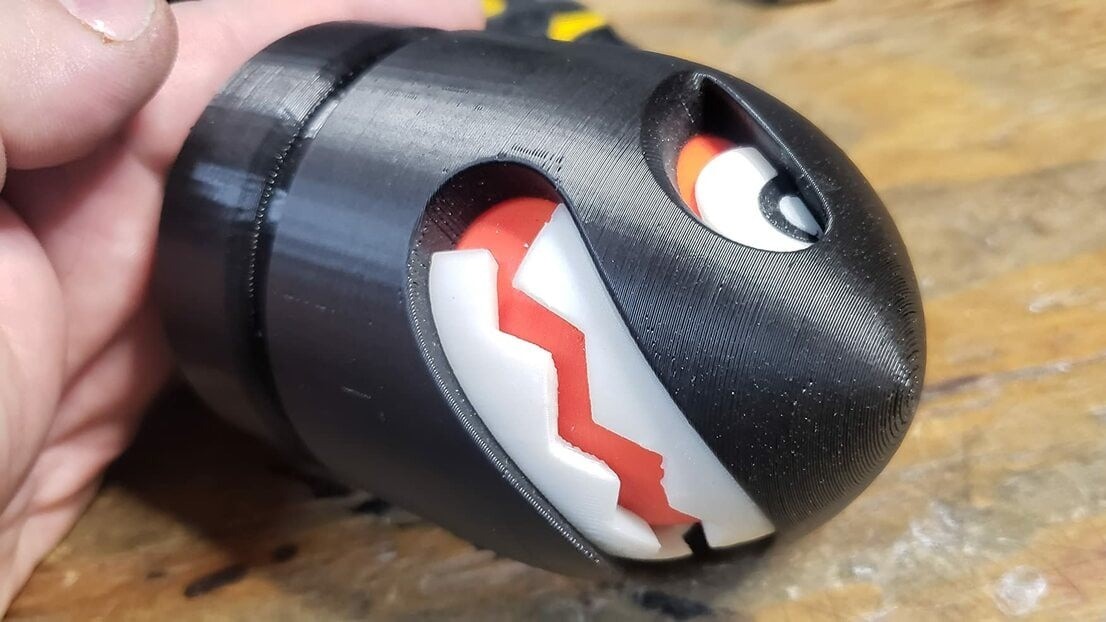
Sunlu, a reputable name in the filament world, also offers a high-strength ASA capable of withstanding outdoor elements and wear and tear. Don’t be fooled by its relatively low price. Sunlu claims a dimensional accuracy of ±0.02 mm and smooth printing experience.
With a rating of 4.3 stars at Amazon, customers seem to be experiencing positive results. However, some users mentioned that the ASA had a hard time sticking to the build surface and between layers. Using an enclosure will improve print quality and save your nose from the unpleasant odor.
- Colors: Eight alternatives, including black, blue, green, purple, and orange
- Size: 1.75 mm (1 kg)
- Tolerance: ±0.02 mm
- Recommended settings: Hot end 245-255 °C; heated bed 80-120 °C
- Price per kg: ~$27
Overture
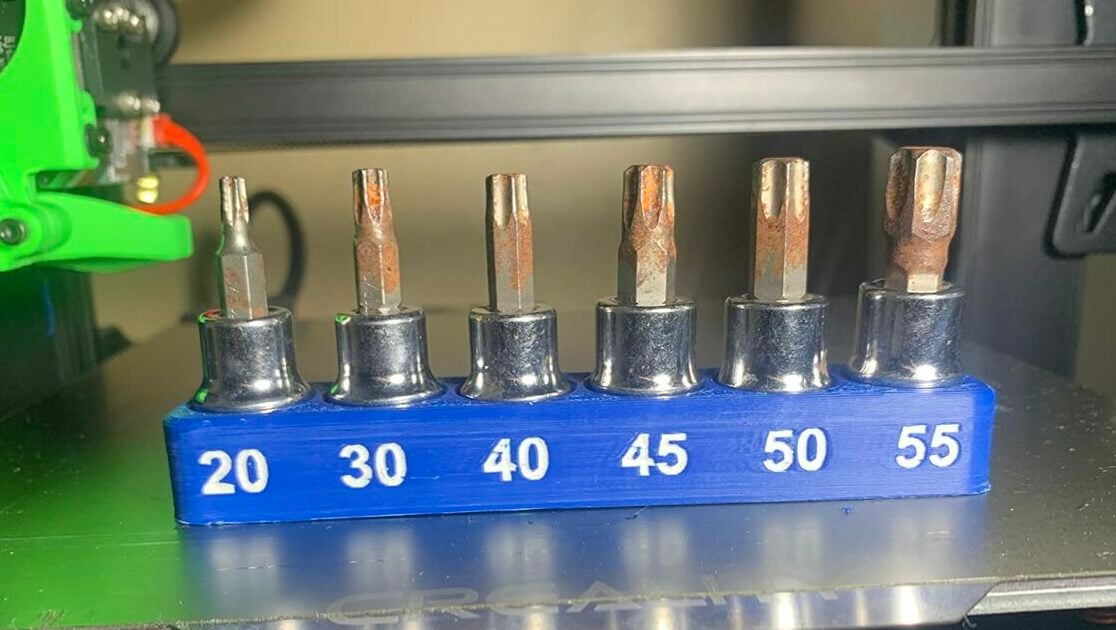
Overture ASA is a user-friendly option that yields nice printing results. Customers recommend this filament for its buttery smooth finish, good adhesion, and durability. However, some reviewers experienced warping and other issues. It’s recommended to dial in your print settings, use hair spray or other adhesives on the build plate, and print with an enclosure.
Overture carries several unique and hard-to-find colors, such as diamond blue, olive green, and purple. Like many other brands on this list, Overture vacuum seals their ASA filament, which is crucial to avoid moisture seeping into the material.
- Colors: 14 options, including black, white, olive green, diamond blue, and more
- Size: 1.75 mm (1 kg)
- Tolerance: ±0.05 mm
- Recommended settings: Hot end 240-270 °C; heated bed 70-95 °C
- Price per kg: ~$28
PolyLite
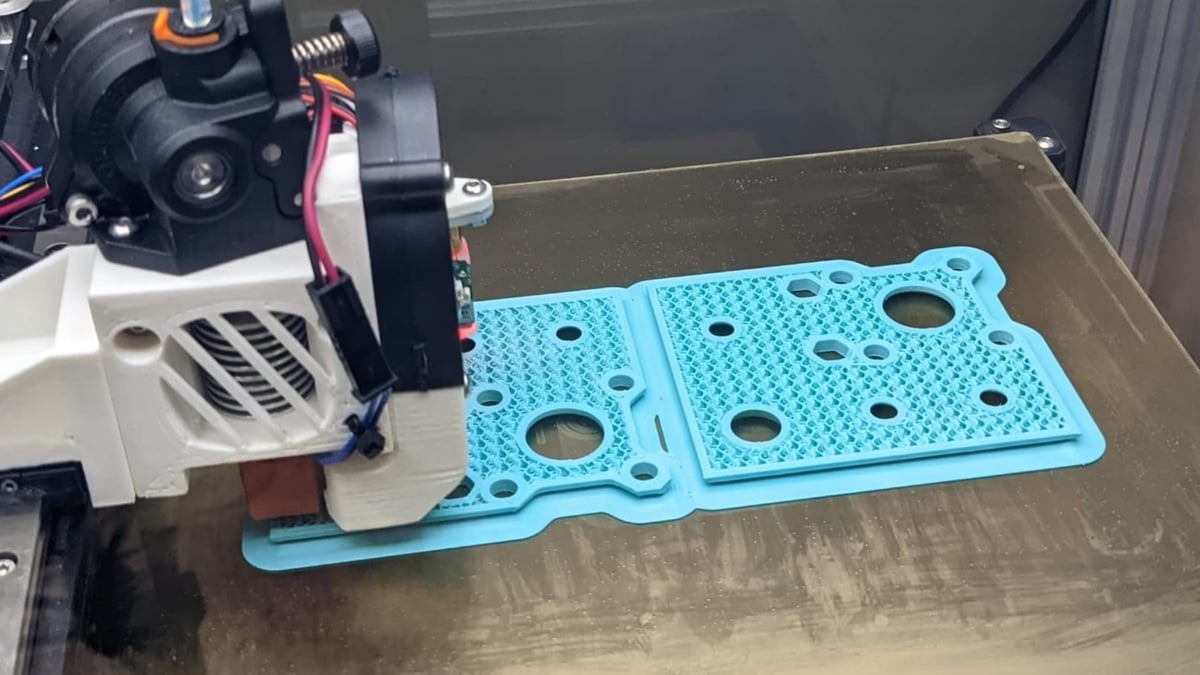
PolyLite ASA, from Polymaker, is an excellent filament with a low tolerance of just ±0.03 mm. PolyLite provides a lot of information about their ASA filament, including mechanical properties such as tensile and bending strength. This brand of ASA has a glass transition temperature of 97.8 °C, and the manufacturer recommends drying the filament at 80 °C for eight hours before use.
Polymaker sources their plastic from JF Polymers and has a 4.6 out of 5-star rating at Amazon from over 2,400 ratings. Some users have commented about how this ASA warps a lot when printed. For this reason, PolyLite recommends using a BuildTak print bed or applying Magigoo.
- Colors: 21 alternatives, including blue, natural, yellow, green, teal, and more
- Sizes: 1.75, 2.85 mm (1 kg, 3 kg, 5 kg; also a six-pack option)
- Tolerance: ±0.03 mm
- Recommended settings: Hot end 240-260 °C; heated bed 75-95 °C
- Price per kg: ~$30
Prusament
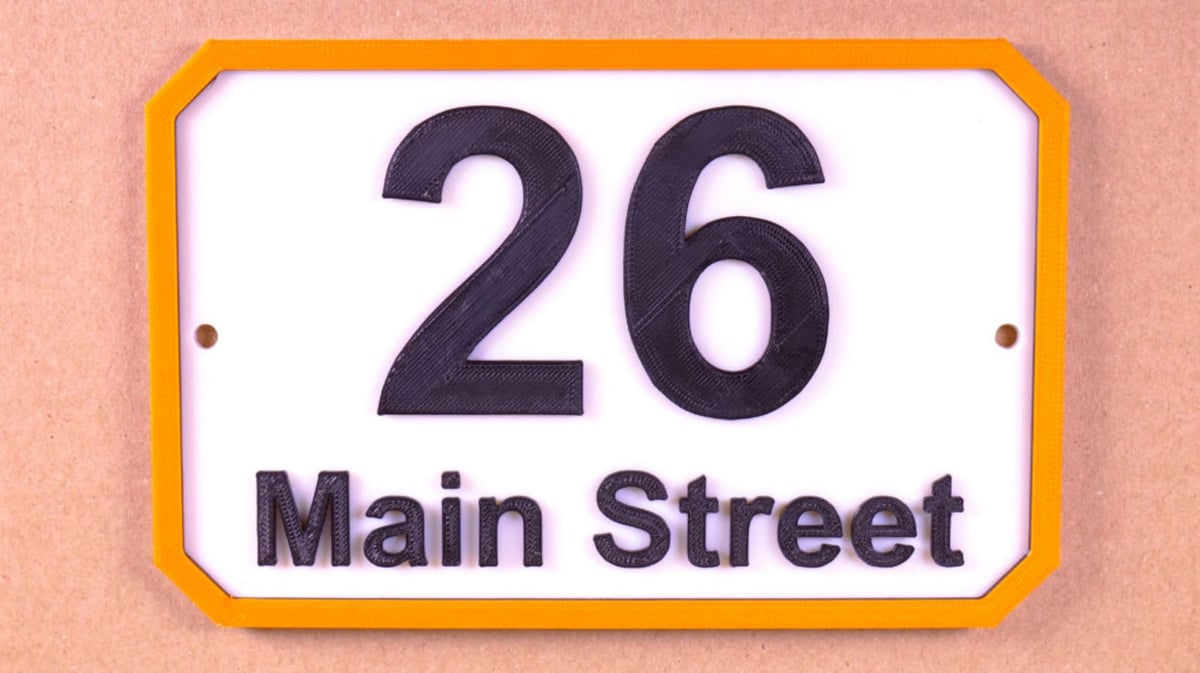
Prusa Research, the developers of the Prusa i3 MK4, make their own filament, known as Prusament, which comes in a few materials, like PLA, PETG, and ASA. All Prusament filaments, including their ASA option, maintain a diameter tolerance of ±0.03 mm, which is pretty great, especially considering the price. On this note, if you’re on a budget, you’ll be happy to hear that it only costs about $30 for an 850-g spool of Prusament ASA.
Among its other qualities, Prusament ASA is very easy to post-process, and parts made of this material respond very well to acetone vapor smoothing and other solvents. Prusa Research also notes that their filament is great for detail on prints without any stringing (like on PETG). Additionally, many reviews suggest that this filament yields high-quality prints that are also very strong and durable.
- Colors: Seven variants, including galaxy black, Prusa orange, and sapphire blue
- Size: 1.75 mm (0.85 kg)
- Tolerance: ±0.03 mm
- Recommended settings: Hot end 250-270 °C; heated bed 105-115 °C
- Price per kg: ~$35 (~$30 per 0.85-kg spool)
Fillamentum Extrafill
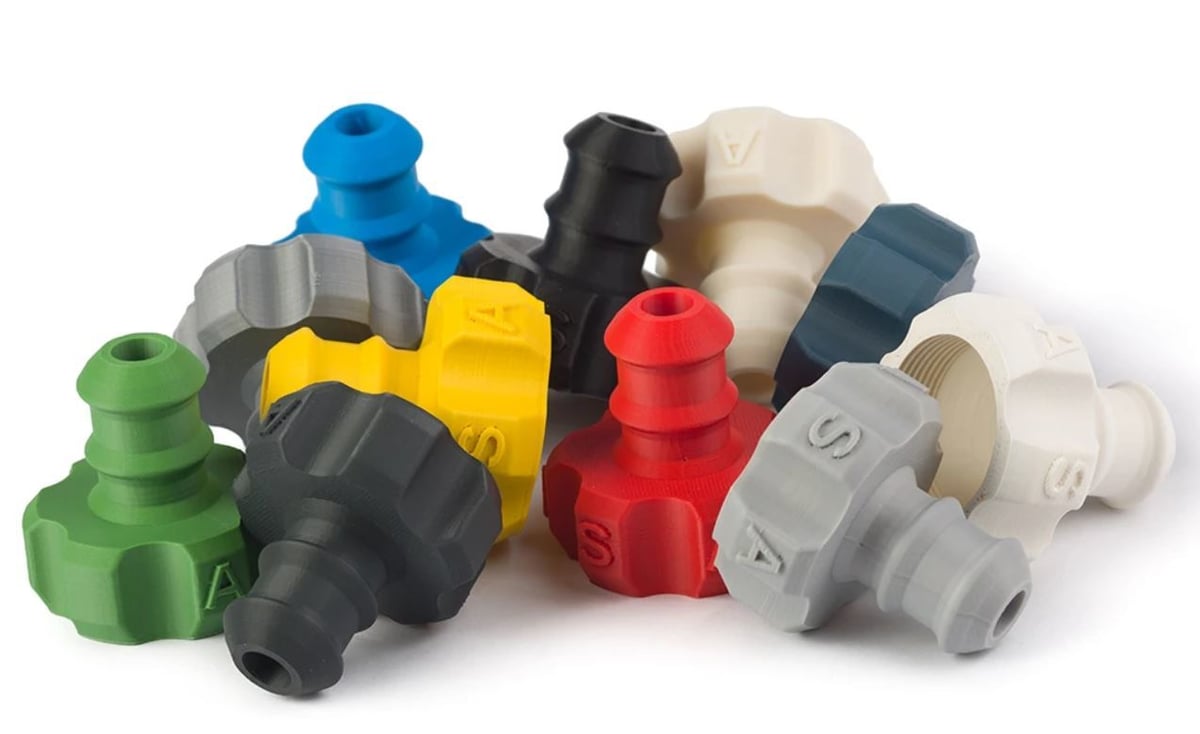
Fillamentum, a popular filament brand, offers a great option called ASA Extrafill. Their filament has a dimensional tolerance of ±0.05 mm, so it’s not the best of the best, but it’s not too bad. At around $35 for only 0.75 kg, this filament is a bit expensive compared to some of the other ones on this list.
One nice thing is that Extrafill comes in a large variety of colors and has two choices of diameter size: 1.75 and 1.85 mm. The manufacturer also claims that this material is recyclable and isn’t very hygroscopic.
- Colors: 15 options, including natural, gray-blue, green, pink, and yellow
- Sizes: 1.75 mm, 2.85 mm (0.75, 2.5 kg; also a 15-m sample option)
- Tolerance: ±0.05 mm
- Recommended settings: Hot end 240-255 °C; heated bed 80-105 °C
- Price per kg: ~$40 (~$35 per 0.75 kg)
3DXMax
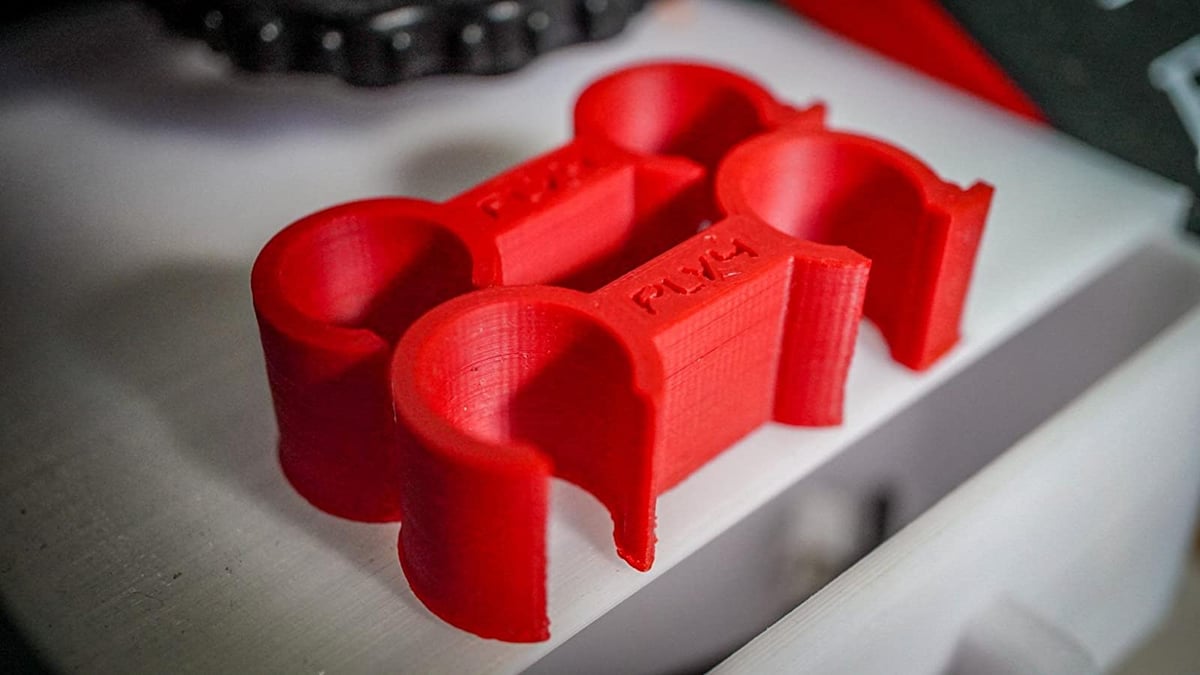
3DXMax ASA is another option with several color choices. This brand of ASA yields a matte finish and works with water-soluble support materials, according to 3DXTech. The manufacturer states that there’s no required or recommended nozzle size or layer height. In addition, they claim that their filament warps less and is easier to print than ABS filaments.
This brand has a 4.2-star rating (out of five) at Amazon, with some happy customers commenting that they’ll never print with ABS again.
- Colors: 10 alternatives, including black, orange, red, blue, and white
- Sizes: 1.75, 2.85 mm (0.75, 1, 4 kg)
- Tolerance: ±0.05 mm
- Recommended settings: Hot end 235-255 °C; heated bed 90-110 °C
- Price per kg: ~$42
FormFutura ApolloX
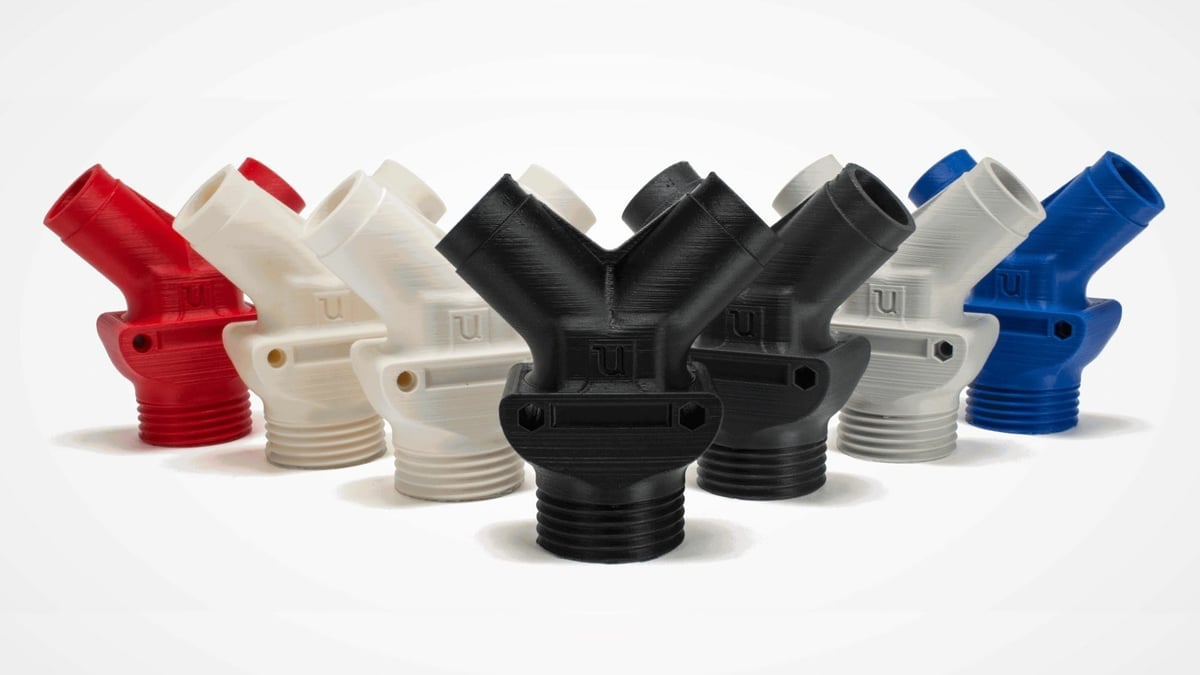
ApolloX is a great choice of ASA filament for those looking to print super strong items (i.e. parts that will be outdoors or that will undergo physical stress). FormFutura, the manufacturer of ApolloX, states that the filament maintains a diameter tolerance of under ±0.05 mm.
However, the most notable characteristics of ApolloX have to do with durability, and according to FormFutura, there are five main additives in ApolloX that enhance its strength and mechanical properties. Moreover, parts printed in ApolloX should be resistant to high temperatures and UV rays (sunlight), making the filament a great choice for the outdoors.
While the manufacturer suggests printing ApolloX with an enclosure, the filament shouldn’t be too difficult to print. This is confirmed by many Amazon reviews for the filament, which state that you can achieve beautiful prints in ApolloX when using the right print settings.
- Colors: Seven variants, including dark blue, gray, and light gray
- Sizes: 1.75, 2.85 mm (0.25, 0.75, 2.3, 4.5, 8 kg)
- Tolerance: ±0.05 mm
- Recommended settings: Hot end 235-255 °C; heated bed 80-100 °C
- Price per kg: ~$48 (~$40 per 0.75-kg spool)
Raise3D

Raise3D is a manufacturer of a few powerful 3D printers, such as the Raise3D Pro 2 and E2, and their ASA filament is another high-quality option worthy of mention. Sadly, the filament only comes in one color (black), but as the filament is ASA, you can always post-process your printed parts and paint them.
The filament doesn’t look super special, but it’s a very compatible option due to its lower recommended bed temperature compared to other ASA options. This means you’ll be able to reach the necessary temperatures to print the filament on more machines. Raise3D also mentions that you can print the ASA filament at speeds up to 80 mm/s, which is very fast for this material.
- Color: Black
- Spool size: 1.75 mm (1 kg)
- Tolerance: Not specified
- Recommended settings: Hot end 240-260 °C; heated bed 75-95 °C
- Price per kg: ~$50
MatterHackers

MatterHackers is a popular brand and supplier of high-end filaments, such as their Pro Series ASA. For paying top dollar, you can expect a diameter tolerance of ±0.02 mm, which is quite impressive. Additionally, apart from standard 1.75-mm diameter filament, they also offer a 2.85-mm option.
MatterHackers claims the Pro Series ASA has unmatched UV resistance, great temperature resistance, and high strength and durability, all of which are characteristics you’ll want if you’re paying $50 for a 1-kg spool! They also include a full guide to printing their ASA on their website to help ensure your printing process goes smoothly.
- Colors: Six options, including black, white, and gray
- Sizes: 1.75 mm, 2.85 mm (1 kg)
- Tolerance: ±0.02 mm
- Recommended settings: Hot end 250 °C; heated bed 90-110 °C
- Price per kg: ~$50
License: The text of "The Best ASA Filaments in 2024" by All3DP is licensed under a Creative Commons Attribution 4.0 International License.
CERTAIN CONTENT THAT APPEARS ON THIS SITE COMES FROM AMAZON. THIS CONTENT IS PROVIDED ‘AS IS’ AND IS SUBJECT TO CHANGE OR REMOVAL AT ANY TIME.


